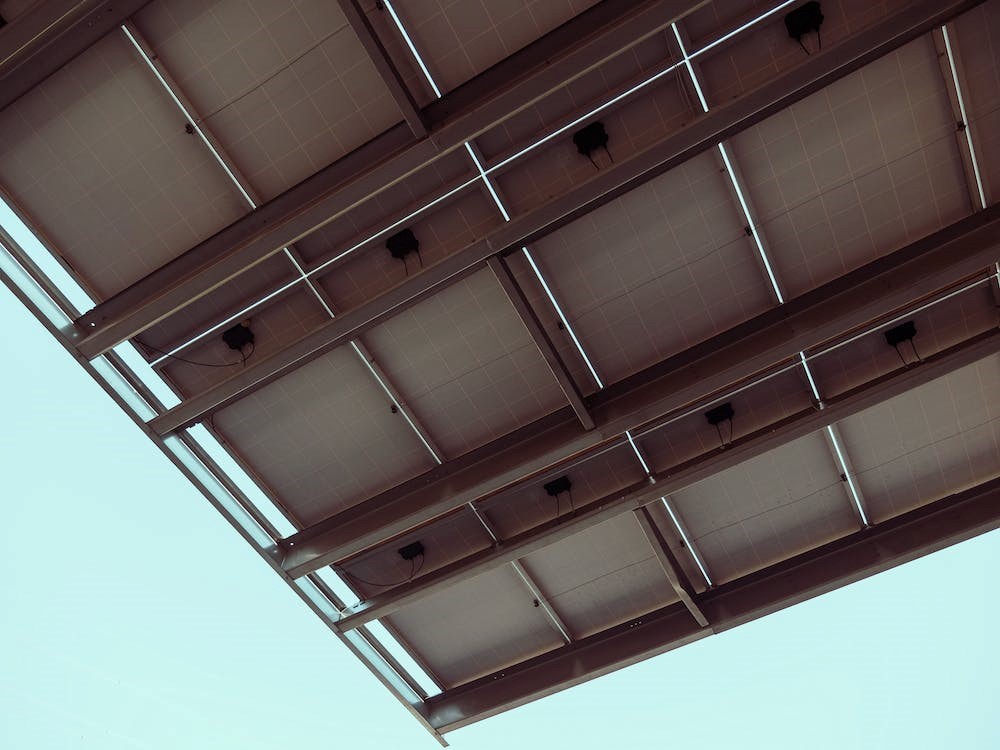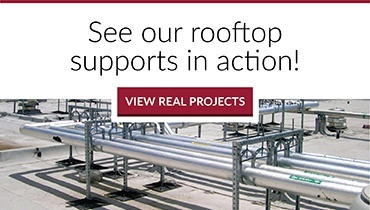When it comes to commercial roofing, the pursuit of sustainability has evolved beyond mere environmental responsibility. It has evolved into a strategic investment with multifaceted benefits. Traditional roofing materials, with a lifespan of around 20 years, pale in comparison to the longevity and cost-effectiveness offered by eco-friendly alternatives.
In 2023, the estimated per-watt cost of a solar photovoltaic roof system stood at 0.31 cents per watt; that of modules. The highest cost therein was that of material and other costs, amounting roughly to $1.4 per watt. With careful consideration, though, this cost can be reduced, especially over the long term. PHP Systems/Designs has helped implement several solar solutions, adopting a much more sustainable approach overall.
From green roofs to solar panels, PHP Systems takes a signature approach to sustainable roofing, creating solutions that not only contribute to environmental well-being but also deliver long-term financial advantages.
Elevating Sustainability with Green Roofs
A green roof, characterized by intentionally cultivated vegetation, stands as a sophisticated and visually appealing addition to commercial buildings. Unlike conventional roofs with 2 layers (3 layers in case of load-bearing roofs), our green roofs boast up to seven layers:
- The roof membrane,
- Repellant or roof coating,
- Insulation,
- Water draining,
- Filtering,
- Soil, and
- The flourishing flora.
Beyond the aesthetic appeal, green roofs offer a spectrum of benefits that extend beyond their picturesque appearance.
One significant advantage lies in enhanced insulation, leading to substantial savings in heating and cooling costs. The additional layers of material act as sound absorbers, fostering a quieter environment for occupants.
Mechanically, the plant cover aids in rainwater absorption, preventing pooling and reducing the risk of leaks. Moreover, the layered structure provides added protection against the rigors of weather, including snow, ice, and falling debris.
These benefits translate into tangible advantages for property owners. Green roofs can make up around 20% of LEED points, resulting in quicker leasing conditions, associated tax incentives, and increased property value. The careful construction and layering techniques employed in green roofs also contribute to their extended lifespan, ensuring a lasting investment.
While the benefits of green roofs are manifold, careful consideration of rooftop access is crucial to preserve their integrity. Designing green roofs with rooftop support systems in mind is imperative to prevent damage and maintain their functionality.
Solar Panels: A Timely Investment
Often perceived solely as electricity generators, solar panels offer a myriad of advantages beyond reducing energy bills. The integration of solar panels can significantly enhance a building's LEED rating, contributing up to 8 points.
In addition to the economic benefits associated with a high LEED rating, substantial state and federal tax incentives further incentivize solar adoption.
Under the federal solar tax credit, businesses could deduct 26% of the installation cost for new solar panels in 2020 to 2022. In 2024, this deductible has increased to 30%, further increasing the overall benefits that property owners can get.
Beyond financial considerations, solar panels create a shading effect on the roof, protecting it from UV radiation and imparting a cooling effect that reduces air conditioning costs.
The current timeframe presents an opportune moment for solar investments. The 30% solar investment tax credit will eventually phase out, reducing to a 10% credit on installation costs after 2032. This highlights the urgency for businesses to adopt solar solutions within the next two years to maximize the associated benefits.
Mitigating the impact of solar panel installation on the roof's condition requires careful planning and the utilization of a reliable solar panel mount systems. Compatible with flat or low-slope roofs on industrial and commercial buildings, these mount systems ensure a seamless integration of solar panels without compromising roof integrity.
What is a Solar Panel Mount?
A solar panel mount system is a crucial component in the installation of solar panels on commercial and industrial roofs with flat or low-slope designs. It serves as the framework that securely holds the solar panels in place, ensuring optimal positioning for sunlight absorption. These mounting systems are designed to be versatile, accommodating various roof types and configurations.
The primary functions of a solar panel mount system include providing structural support for the solar panels, facilitating proper alignment for maximum sunlight exposure, and safeguarding the integrity of the roof. These systems are engineered to distribute the weight of the solar panels evenly across the roof surface, preventing undue stress and potential damage.
Solar panel mounts are designed to mitigate the impact on the roof's condition, often incorporating protective measures such as slip sheets or gaskets to create a buffer between the mounting structure and the roof membrane.
These systems often have a wide range of additional equipment supports as well, including wire conduits, pipe support systems, platforms, walkways, and more. This careful engineering ensures that the installation of solar panels does not compromise the longevity or performance of the underlying roof.
Reflective Roof Membranes: A Cooling Alternative
Reflective roof membranes offer a cost-effective alternative to achieve some benefits akin to green roofs. Complementing other energy-saving approaches, these membranes contribute to sustainability without the complexity of a multi-layered system.
The concept is simple—white reflective membranes reflect light and heat. According to the Department of Energy, a white reflective roof can be up to 50° Fahrenheit (28° Celsius) cooler than a traditional dark roof under the same conditions.
The cooling effect extends beyond energy savings; it disperses the urban heat island effect, creating a cooler environment in the surroundings. Reflective coatings also alleviate heat stress on the membrane and underlying materials, potentially extending the roof's lifespan.
The economic and environmental advantages of reflective roof membranes make them a viable option for those seeking sustainable roofing solutions.
PHP Systems/Design: Pioneering Sustainable Roofs
At PHP Systems, our commitment lies in actualizing sustainable roofs through innovative solutions. From cable trays to solar panel mounts, we empower businesses to upgrade their roofs with eco-friendly materials while safeguarding them from heavy foot traffic and excessive weight.
For those envisioning a roof adorned with green materials and structures without compromising the membrane, PHP Systems offers custom roof walkway designs. Let’s begin our journey towards sustainable roofing with PHP Systems/Design.
Our signature approach blends environmental consciousness with structural integrity, setting the stage for a greener and economically sound future. Call us today at 800.797.6585 for a consultation or to get a quick quote on your project!



